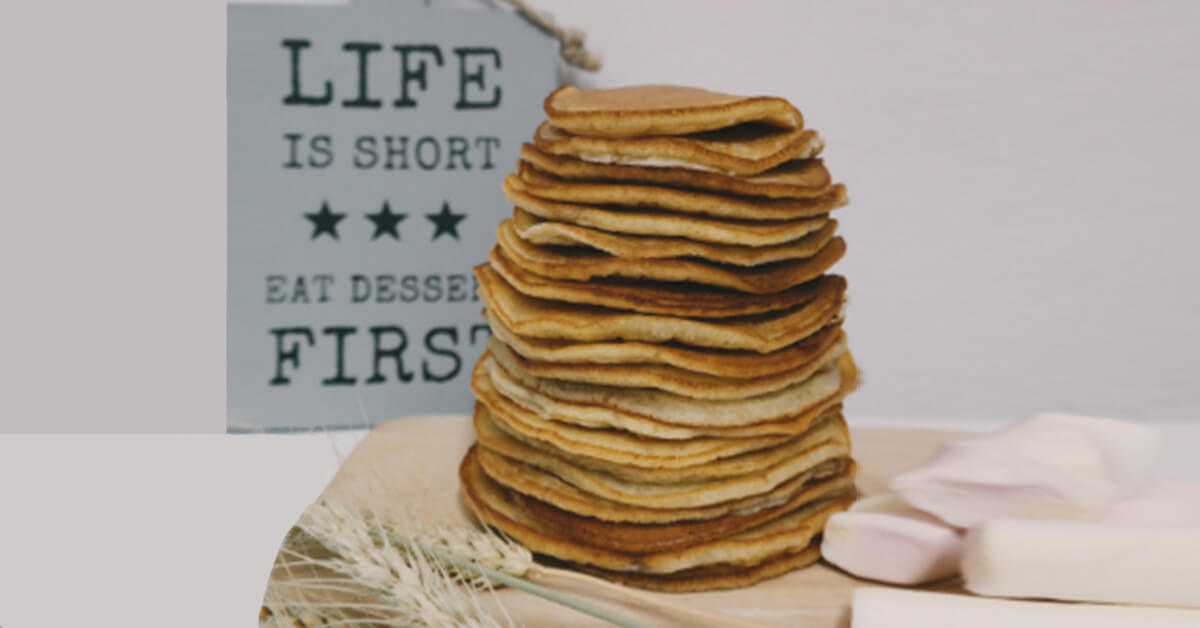Have you ever wondered about the science of cake baking?
How does yeast make bread rise?


If you bake as a profession or a hobby, you are sure to have spent some time just watching through oven windows at your rising masterpiece. Besides, it’s always fun discovering the science behind how our world works.
This article will tell you all you need to know about what makes your baked goods fluffy!
What is a Leavening Agent?
Also known as a leaven, a leavening agent is an ingredient in baking that causes your doughs and batters to rise. This is usually done by causing a chemical reaction that releases gasses from within the dough batter, thus creating the pores that you find in cakes, breads and others.


These little air pockets are what prevents them from simply being a lump of densely cooked flour mixture.
How does it work?
Examples of leavening agents are as follows;
Air


This is added in by whipping cream and egg whites. The air escapes quickly so it is recommended that you do this as the last step before your final mixing of your batter. Cook it as soon as possible.
Steam


Although it would be more accurate to describe the process as air pressure via the evaporation process, steam as a leaven is mostly used in batters and doughs. It needs to be malleable enough to rise by air pressure alone, but strong enough to not burst.
Yeast


Yeast is the first thought that comes to people’s mid when it comes to leavening agents. It kick starts the fermentation process in doughs to release carbon dioxide and other chemicals that changes the flavour and scent of your baked goods.
Baking powder


This a chemical leavening product in a different way from yeast such that it has to be processed in a factory; whereas some yeasts can be made at home. It can be used for “quick breads”, which are any breads made without using yeast or eggs.
Baking soda


Another chemical leavening agent, baking soda is alkaline in nature. Meaning that it needs to react with an acid-based ingredient in your batter in order to start the reaction process. Some naturally acidic ingredients that are common in baking are: brown sugar, chocolate, citrus, and natural cocoa powder.
Why do people like fluffy baked goods?
It’s a bit of a silly question. After all, fluffy cakes and breads are just nicer.
It’s light, soft and lets you just enjoy the flavor of whatever baked good you’re eating at the moment. In fact, there are several articles online dedicated to just troubleshooting how to solve various cakes and breads that are too dense.


But why has this texture captured the hearts of so many?
After all, there are just as many treats and desserts that are perfectly delicious being dense and flavourful. In fact, many of our traditional Malaysian desserts are of this kind. Although we love them, one can’t deny that Western-styled baked goods are currently more favoured than the various kuihs from our childhood.
What are the fluffiest breads and cakes?
Because of how the air only raises baked goods so much, recipes that use air as a leavening agent are, by nature, lighter and use ingredients that are less dense. This means that there usually aren’t egg yolks and there’s less flour.
Puff pastries are great too, but because of how the pastry layers are folded with butter, they can tend to get a bit oily which some people don’t like.


Examples of desserts that use each type of leavening agent are as follows;
- Chiffon
- Angel Food
- Pancake
- Sponge Cake
Baking Soda
- Cheesecake
- Soda Bread
- Biscuits
- Puff Pastry
Baking Powder
- Banana Bread
- Beer Bread
- Biscuits
- Muffins
- Breads
- Pastries
- Coffee Cake


It really lets you appreciate how hard your cakes and breads are working to become delicious for you. Leavening agents are one of the most important ingredients in your baking pantry.
Want to try using them in more complex recipes?
Join one of our many baking classes and be guided by certified chefs to make yummy and beautiful baked goods. Our seasonal and Promo classes change every 2-3 months,so come and see if any manage to catch your eye!

Comment (0)